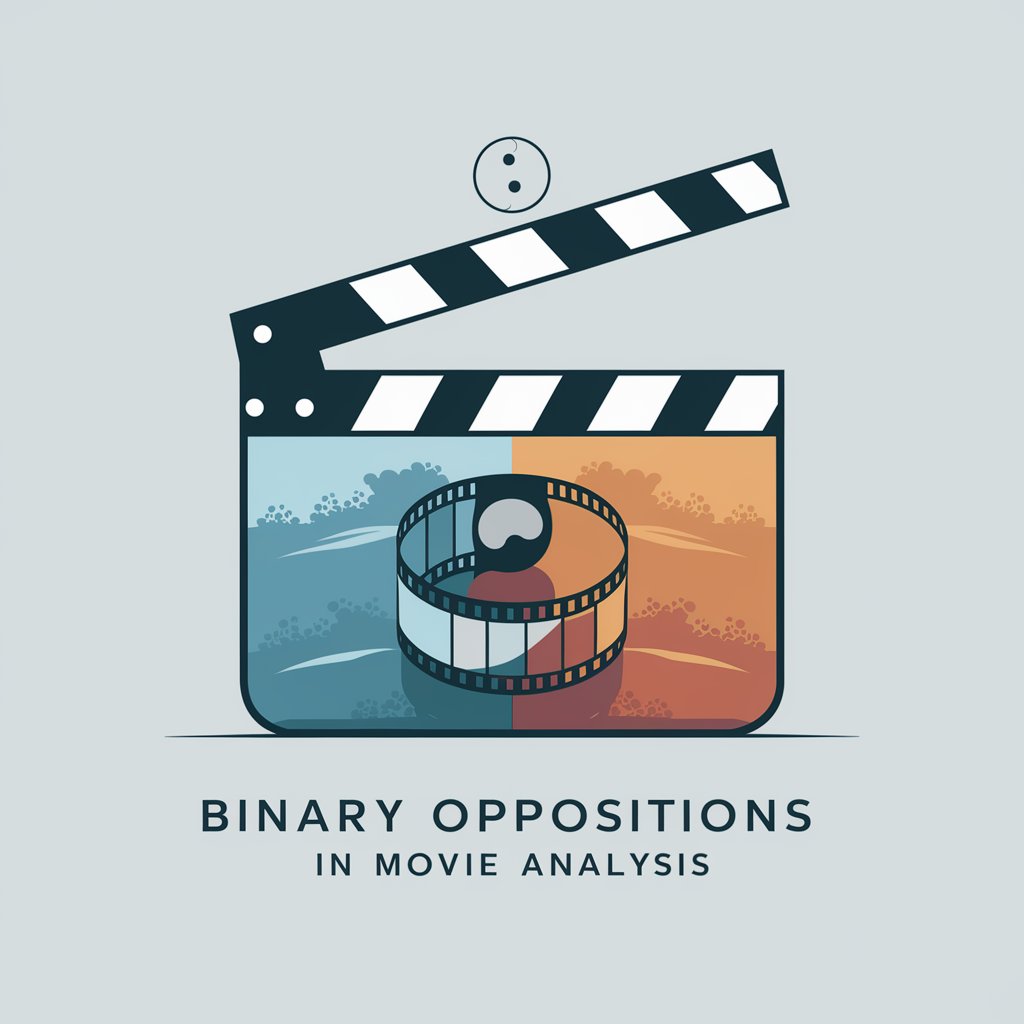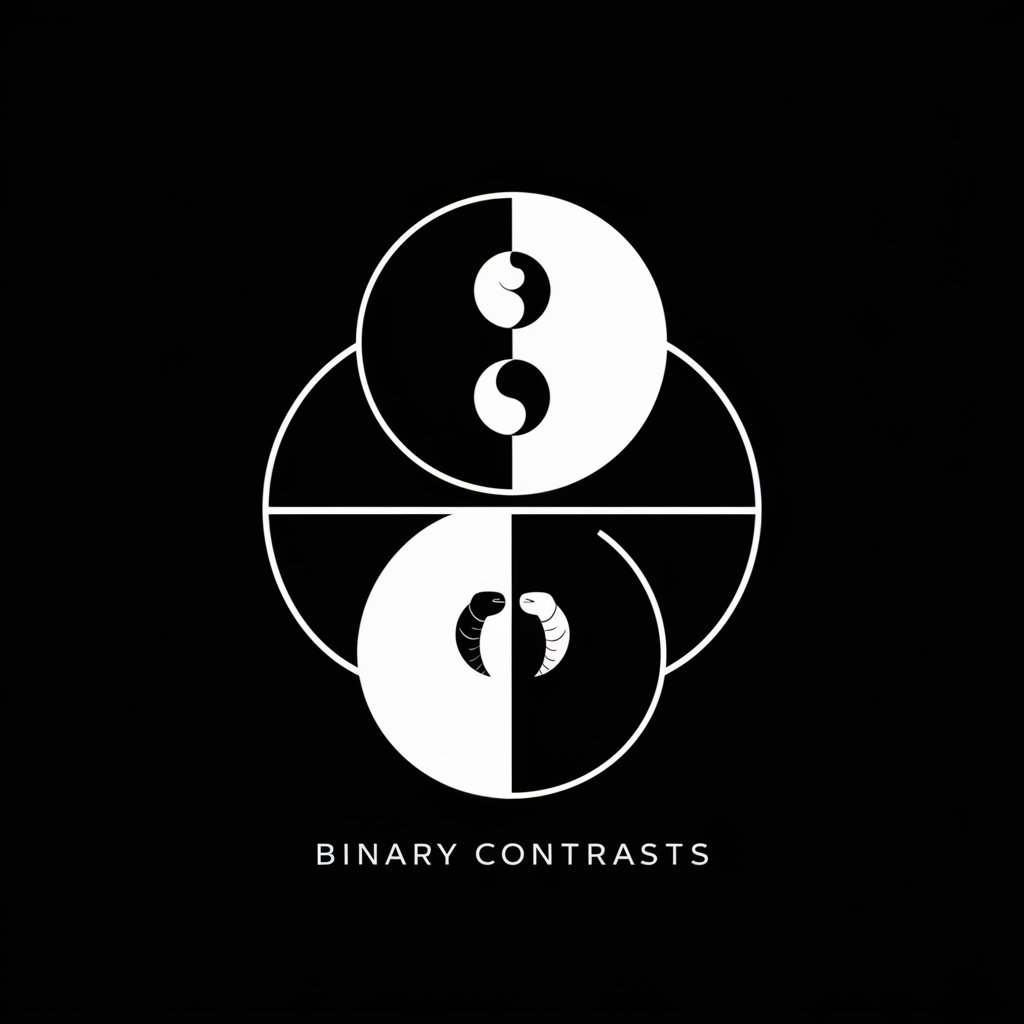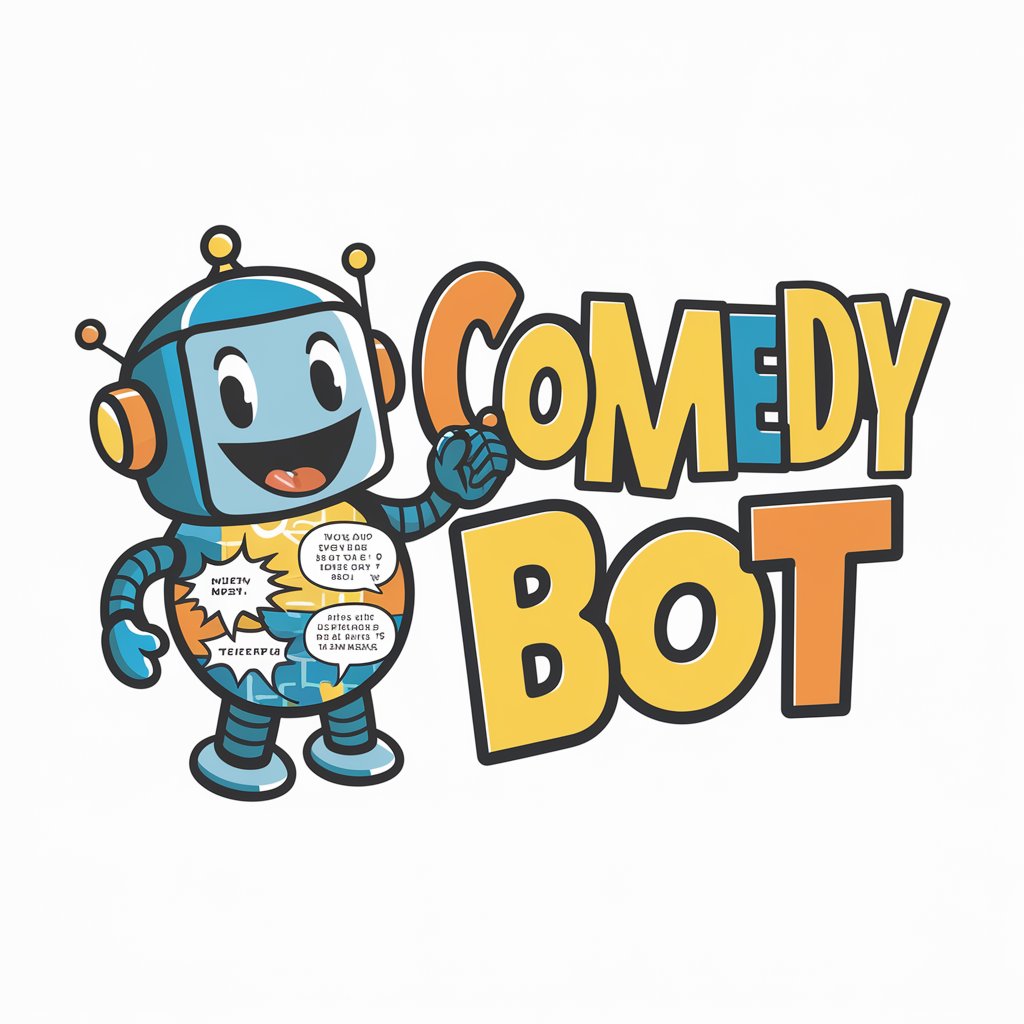Binary Oppositions in Movie Analysis - Analysis of Film Dichotomies

Welcome to Binary Oppositions in Movie Analysis.
Decoding Films with AI-Powered Analysis
Analyze the binary oppositions in the film
Discuss the divided worlds in
Identify the Actant and their role in
Explain the pivotal event and boundary crossing in
Get Embed Code
Overview of Binary Oppositions in Movie Analysis
Binary Oppositions in Movie Analysis is designed to dissect films through the lens of binary oppositions, a concept rooted in structuralist theory which posits that many human cultures understand the world in terms of contrasting pairs. This approach to movie analysis focuses on identifying and examining the polarized categories within a film's narrative, such as good vs. evil, tradition vs. modernity, or nature vs. technology. These oppositions are crucial for understanding the underlying conflicts, themes, and character developments in movies. For example, in 'The Matrix', the binary opposition is between the real world and the simulated world of the Matrix. This opposition creates a framework for exploring themes of freedom vs. control, reality vs. illusion, and humanity vs. artificiality. Powered by ChatGPT-4o。

Core Functions and Applications
Analysis of World Division and Semantic Boundary
Example
In 'The Lord of the Rings', the world is divided into the peaceful Shire and the war-torn lands of Middle-earth. The semantic boundary here is the contrast between the simplicity and innocence of the Shire and the complexity and corruption of the wider world.
Scenario
This function aids in understanding the setting's influence on characters and plot development.
Detailed Descriptions of Divided Worlds
Example
In 'Star Wars', one world is represented by the Galactic Empire, characterized by tyranny, oppression, and a lack of freedom, while the other world is symbolized by the Rebel Alliance, which stands for hope, resistance, and the fight for freedom.
Scenario
This analysis helps to highlight the ideological and moral conflicts driving the narrative.
Identification of Actants and Their Roles
Example
In 'Harry Potter', Harry serves as the hero, Voldemort as the villain, with other characters acting as helpers, opponents, and mediators. This structure elucidates the character dynamics and their contributions to the story's progression.
Scenario
Understanding these roles provides insights into character motivations and the story's structure.
Examination of Actant's Boundary Crossing and Pivotal Events
Example
In 'Jurassic Park', the pivotal event of dinosaurs escaping containment marks a significant boundary crossing, disrupting the binary opposition of control vs. chaos.
Scenario
Analyzing these events reveals how the narrative challenges and evolves its central oppositions.
Assessment of the Overall Outcome
Example
In 'Avatar', the overall outcome shows the triumph of nature and indigenous rights over technological exploitation and colonialism, resolving the central binary opposition in favor of a harmonious coexistence.
Scenario
This function helps in understanding the thematic resolution and its implications for the characters and world.
Determination of the Actant's Fate
Example
In 'Titanic', Jack's demise and Rose's survival and subsequent life choices reflect the resolution of the film's central conflicts and the ultimate fate of its key actants.
Scenario
This analysis provides closure and a deeper understanding of the narrative's conclusion and its thematic messages.
Target User Groups
Film Scholars and Students
This group benefits from deep analytical tools to dissect and understand films beyond surface-level narratives, enhancing academic research and study.
Screenwriters and Filmmakers
Understanding binary oppositions can aid in the creation of compelling narratives and characters, offering a structured way to explore conflict and thematic depth.
Film Critics and Bloggers
This analytical approach can enrich reviews and discussions, providing nuanced insights into films that resonate with audiences seeking deeper understanding.
Cinema Enthusiasts
For those passionate about understanding the art and craft of filmmaking, this analysis offers a unique perspective on how movies convey complex ideas and emotions through binary oppositions.

Using Binary Oppositions in Movie Analysis
1
Start by accessing a no-login-required, ChatGPT Plus-free trial at yeschat.ai to explore Binary Oppositions in Movie Analysis.
2
Select a film or scene you wish to analyze and identify its key themes and narratives.
3
Pinpoint binary oppositions within the chosen film or scene, focusing on contrasting elements like good vs evil, tradition vs modernity, or nature vs technology.
4
Apply the identified oppositions to understand character motivations, plot developments, and thematic messages.
5
Reflect on how these binary oppositions contribute to the overall message of the film and its impact on the audience.
Try other advanced and practical GPTs
Binary Contrasts
Illuminate Opposites with AI Insight

YesManGPT
Empowering Your Opinions with AI

LIVE
Empowering your creativity with AI.

Live
Empowering media broadcasting with AI

Live Aid
Explore Music History with AI

ESG Live
Powering ESG Decisions with AI

European Patent Attorney & Litigator
AI-powered European Patent Insight

Comedy Crusader
Unleash Your Inner Superhero with AI!

Comedy Crafter
Crafting laughter with AI-powered humor

Comedy Crafter
Crafting Humor with African Soul

Comedy Crafter
Crafting laughs with AI-driven wit

Comedy Bot
AI-powered, instant humor generator

Q&A about Binary Oppositions in Movie Analysis
What are binary oppositions?
Binary oppositions are contrasting elements that represent opposing forces or ideas within a film, used to create tension, develop themes, and drive narratives.
How can binary oppositions enhance film analysis?
By examining binary oppositions, analysts can gain deeper insights into a film's structure, themes, and character development, leading to a more nuanced understanding of its message and artistic choices.
Can binary oppositions apply to all film genres?
Yes, binary oppositions are a universal analytical tool that can be applied across all film genres, from drama to science fiction, as they help uncover underlying conflicts and thematic elements.
What is an example of binary opposition in films?
An example is the nature vs. technology opposition in 'Avatar', where the pristine world of Pandora contrasts with the technologically advanced, exploitative human invaders.
How does one identify binary oppositions in a film?
To identify binary oppositions, analyze the film's narrative, themes, character relationships, and visual symbolism, looking for recurring contrasts and dichotomies that drive the story or thematic development.
